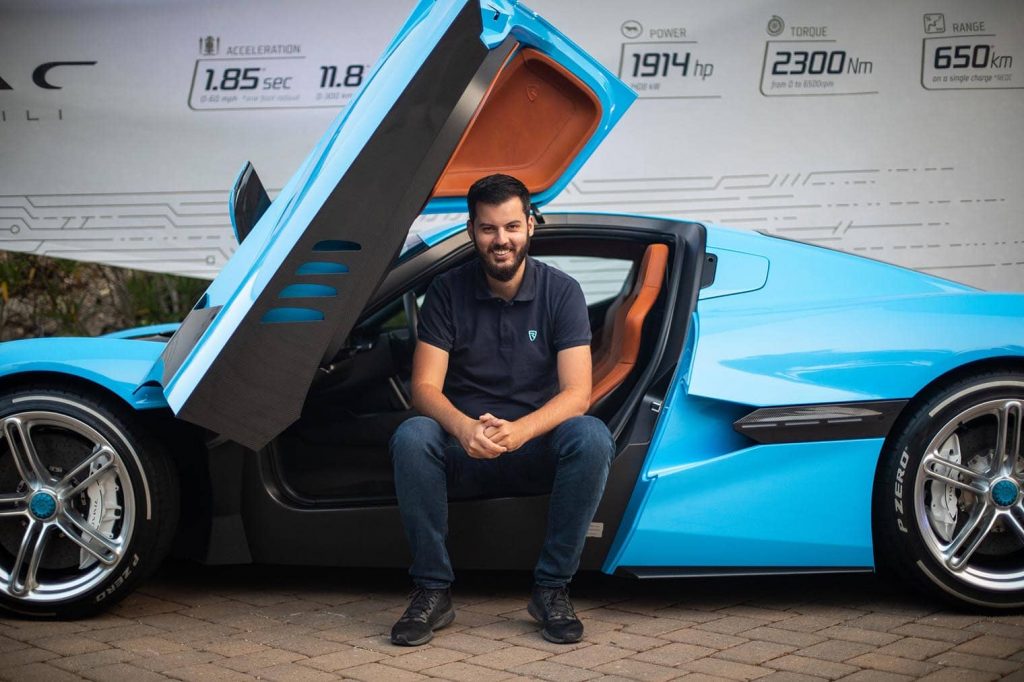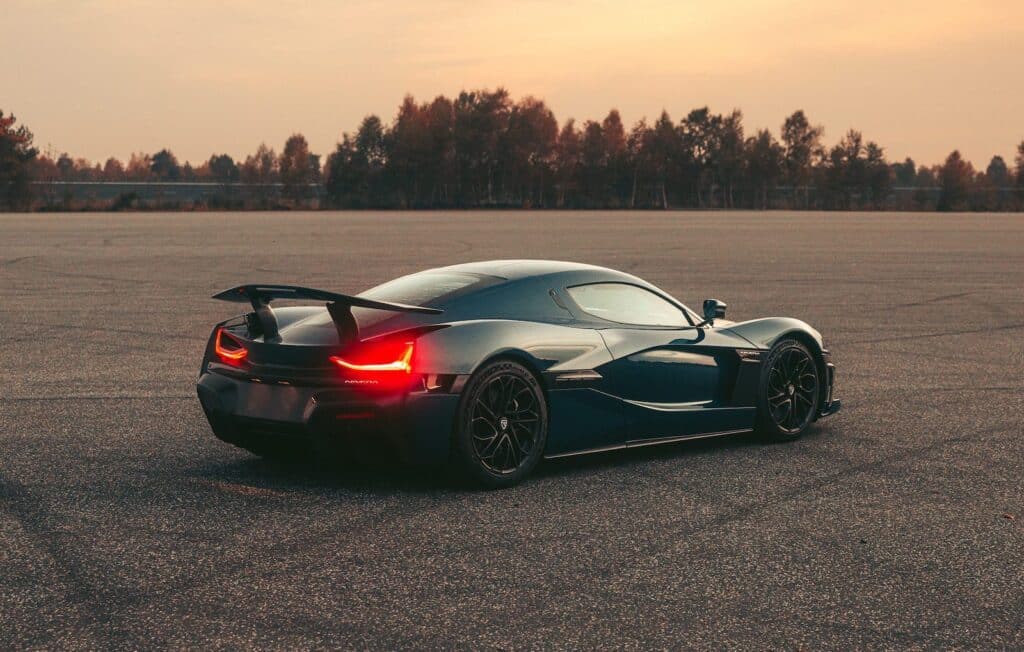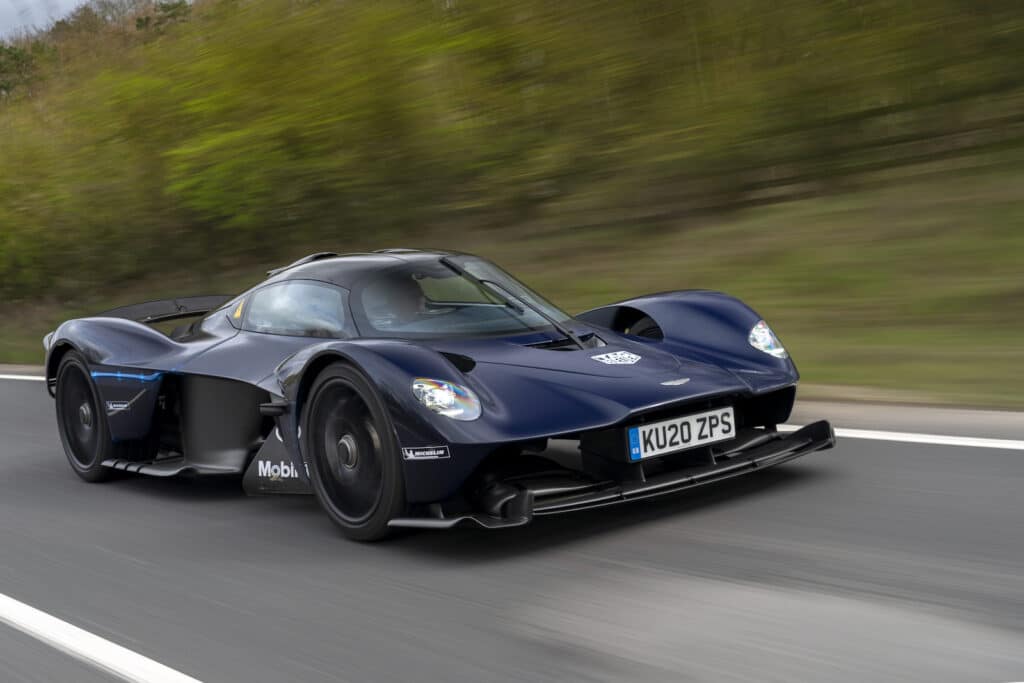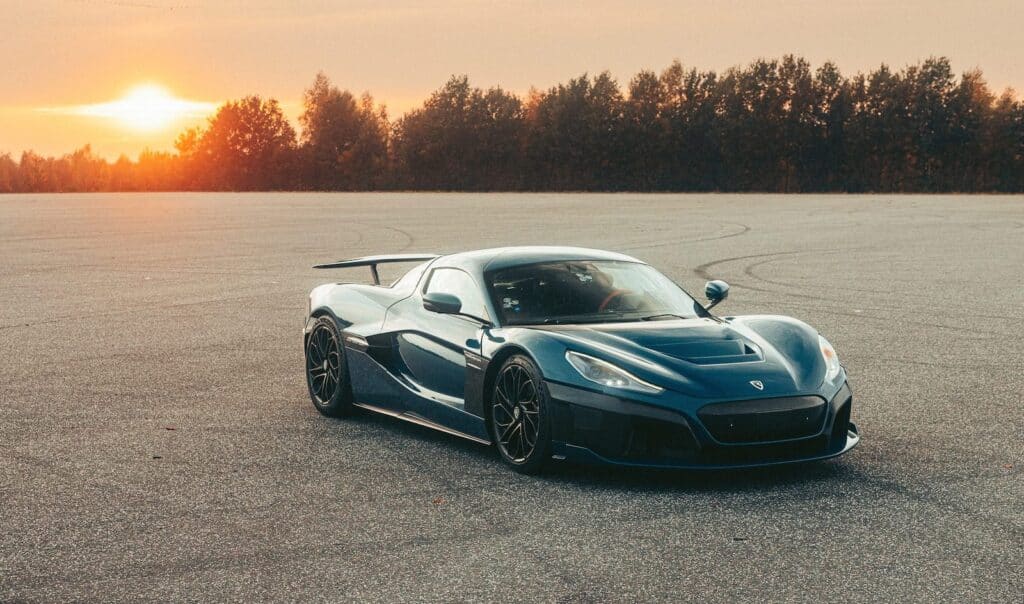Table of Contents

It’s a company you might have heard about: Rimac.
If you have heard of the company at all, it’s because the Croatian upstart electric hypercar producer Rimac Automobili bought a majority interest in the revived supercar manufacturer Bugatti Automobiles from Porsche.
The acquisition essentially established Rimac Group in January, a holding company that controls 55% of Bugatti Rimac, which is focused on building hypercars, and Rimac Technology, a manufacturer of high-performance battery systems. Based near Zagreb, the company numbers some 1,900 employees.
Founder and CEO Mate Rimac founded the company in 2009 in his garage, which sounds like a classic American rag to riches story — if it weren’t for the fact that it happened in Croatia.
What they’re building

Now, Rimac is bringing the Nevera to market, an all-electric hypercar that generates 1,914 horsepower, enough to run 0-60 mph in 1.85 seconds, 0 to 100 mph in 4.3 seconds, and recently set a new world record for the quarter mile of 8.582 seconds. The company builds five cars a week, with annual production expected to reach 150 units annually. Price? A cool €2 million, or $2.1 million.
Rimac officials are currently meeting prospective North America clients in select cities, having started at The Quail Motorsports Gathering in August, followed by meetings in Boston, Manhattan, the Hamptons, Montreal, Toronto, Charlotte, Austin, Houston, Naples, Palm Beach, Orlando and Palm Springs before ending in Los Angeles.
Other projects
And they’re proud of what their car can do, having just set a record for the world’s fastest production car at 256 mph. Certainly, other OEMs are aware of what Rimac can provide, as Rimac Technology is working with Hyundai, Porsche, Aston Martin and Renault among others.
“In the same way that Enzo is idea was never to make cars for the road, he wanted to race. Mate wanted to build hybrid cars, but it was very expensive,” said Marta Longin, head of communications at Rimac.

Finding itself low on funds, Longin said the company focused on advanced engineering, experimental engineering and prototyping to raise funds for their first vehicle, the Concept One. It then progressed to small volume production, with the company producing batteries and the infotainment system for the Aston Martin Valkyrie.
The company also worked with Jaguar, producing an all-electric restomod kit for the E-Type that would be totally reversible. The company removed an E-Type’s gearbox, motor and fuel tank from your car, replacing it with an electric powertrain, a new infotainment system and a refurbished the car, but the idea never really took off.
“Today, we’re focused exclusively on higher volume projects, but definitely not mass market. We don’t quite have room for that; 10,000 units a year is what we’re aiming for,” Longin said. “We’re mostly focusing on high performance battery systems and drive train systems.”
She also said the company is working on projects for other unnamed automakers, projects that will debut during the next couple years.
The plan is to produce about 80 Bugattis and 150 Rimac Neveras annually.

A new production facility
The company has multiple offices around the world, most of them in Croatia. But the company also has offices in Molsheim, France, where Bugatti is headquartered, with engineering offices in Warwick, England and Berlin, Germany. The company’s main production facility in currently under construction in Croatia, and features a test track around the campus, including a drifting corner.
The company’s realization of their first production car is a decade in the making, about to reach fruition.
“It was it was against all odds,” Longin said. “We had offers to move out of the country, by other governments and investors as well, but we’re very proud to be Croatian.”
“We wanted to give that some homage to Croatia with a car,” she added. “It’s not for everyone you know.”





More Stories
Lewis Hamilton Shows Off New Helmet for Monaco GP by Daniel Arsham
Son parte de Star Wars los dos VW ID. Buzz muy especiales, e inspirados en “Obi-Wan Kenobi”
2022 Audi Q5 Sportback Review: Rounding out the top